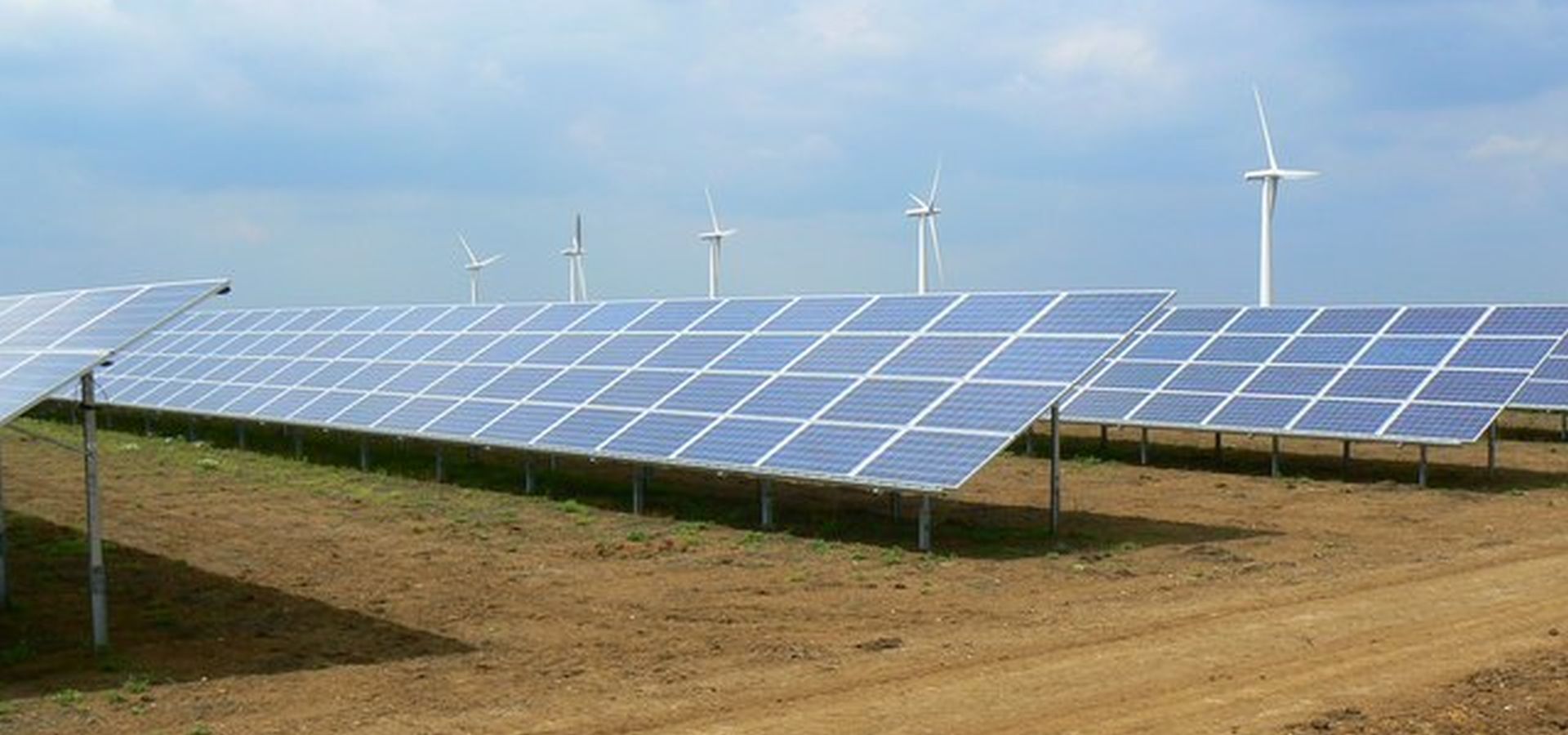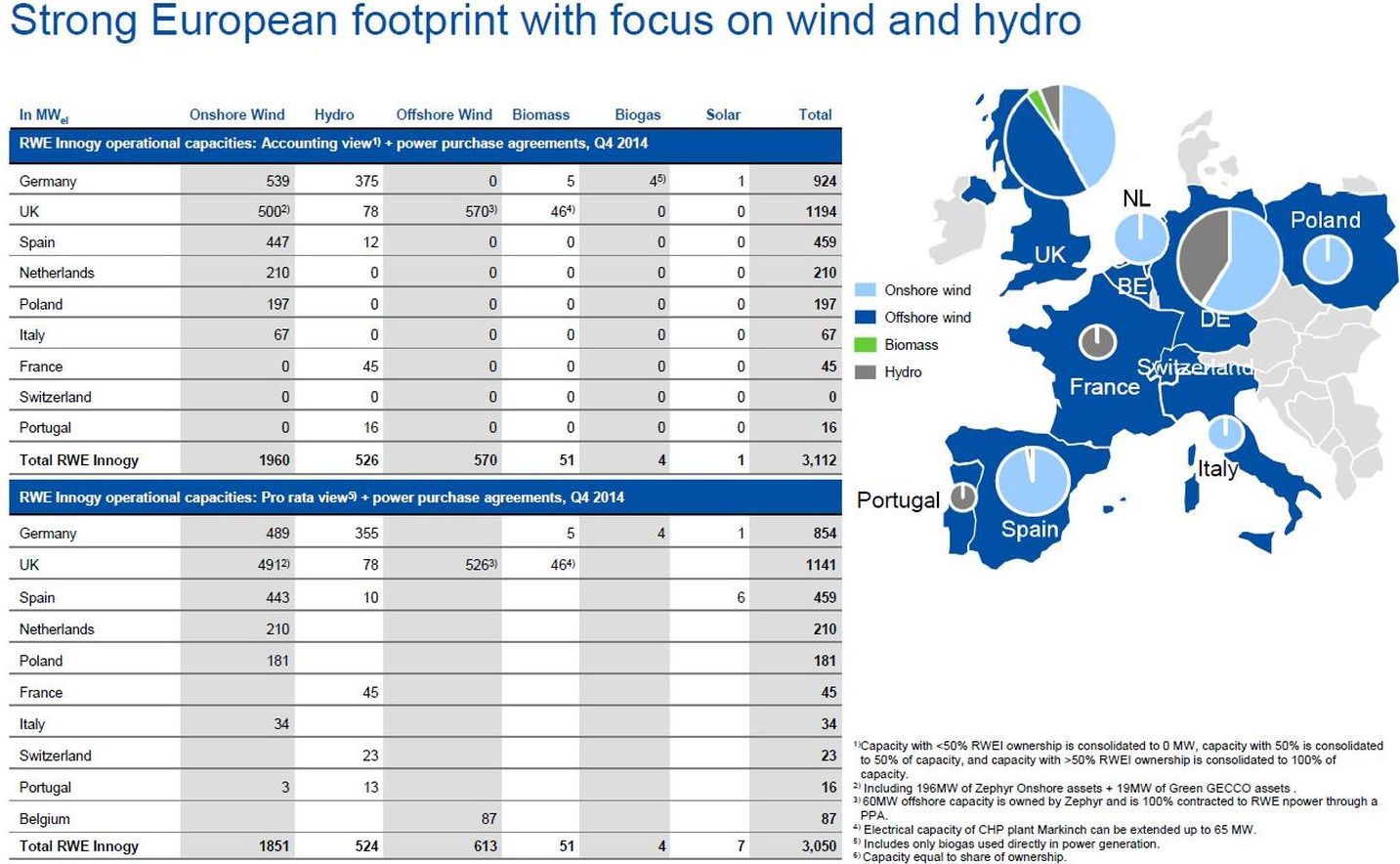Utilities that invest heavily in renewables outside of their territory often show little interest to do so at home. Craig Morris takes a look.

In 2014, NextEraEnergy claimed to be the “world’s largest generator of renewable energy from wind and the sun.” (Photo by Brian Robert Marshall, modified, CC BY-SA 2.0)
A recent article in Rolling Stone focuses on the “Koch brothers’ dirty war on solar power,” as the title puts it, especially in Florida. But the two billionaires should not be the only focal point. The role of big utilities deserves greater scrutiny.
Florida Power & Light (FP&L) has been a major driver behind large wind projects across the US for many years. In 2009, it was “America’s no. 1 producer of wind power.” In 2014, its parent company NextEraEnergy claimed to be the “world’s largest generator of renewable energy from wind and the sun.” But most of its investments in renewables were made in areas where it does not have competing assets: California, New Mexico, Nevada, New Jersey and Ontario. At home in Florida, FP&L is part of the massive pushback against residential solar, helping to ensure that the Sunshine State continues to get roughly 5/6 of its electricity from natural gas and coal – and less than one percent from solar. Citizens in Florida do not have the right to sell any electricity they generate, and firms offering third-party ownership – such as SolarCity – cannot do business in the state. “It’s no secret that we play an active role in public policy,” an FP&L spokesperson is quoted in Rolling Stone.
The lesson here should be clear: utilities often build renewables in new areas in order to enter new markets. Germany’s utility E.On is behind a massive 782 MW wind farm in Roscoe, Texas – and also behind the world’s largest offshore wind farm, the 630 MW London Array. Yet, the firm had only 213 MW of wind power capacity installed in all of Germany – its home market – at the end of 2014.
Germany’s RWE and France’s EDF are other examples of utilities that do an astonishing amount of business with renewables abroad relative to their investments in green electricity at home. EDF just announced (PDF) its 2015 results, and the company built more than a gigawatt of new renewables last year alone – “mostly in Canada and the US.” Only a seventh of its wind power capacity is in France. Go to the website of German utility RWE’s Innogy, the group’s renewables subsidiary, and you are immediately presented with a picture of the Gwynt Y Môr project – in Wales. At the end of 2014, the latest data that RWE Innogy has made available (PDF), the firm had slightly more renewable energy capacity in the UK than it did in Germany, with the German capacity including roughly 40 percent hydropower, which the company already had anyway.

RWE’s renewable energy assets across the world. Less than a third is located in Germany, and 40 percent of that is legacy hydropower. Remove hydropower, and RWE’s renewable assets in Germany make up only a fifth of the company’s total. Source: RWE
Back in 2003, RWE stated the following in its sustainability report:
“RWE’s main thrust is in the UK, where it is focusing on onshore and offshore facilities since geographic conditions and wind resources are more favorable in this region…. This would not have been possible in Germany.”
The report fails to mention two things. First, it wasn’t just that the UK site had great wind conditions, but the UK was also paying much more for that wind power despite the better conditions; at the time, Germany did not even have separate, higher feed-in tariffs for offshore wind. And second, investments at home impact existing assets; investments abroad, not so much.
About wind power in general, RWE’s 2003 Sustainability Report reminds readers that “each country will have its own economic and environmental limit.” I couldn’t find a mention of any limits for fossil fuels or nuclear energy, but I’d wager that you can find such discouraging remarks about renewables from any major utility. In 2013, the CEO of RWE Innogy told me that solar in Germany doesn’t make sense. Here is FPL on solar:

Source: FP&L
There’s so much wrong about that, I don’t even know where to start. PV is the only power technology that needs no extra space (existing rooftops), no one is proposing CSP (which may consume water) in Florida (which is slipping into the ocean and does not lack water), and no technology has seen its price plummet “over the past few years” as much as PV.
And here’s the scary part: FPL’s parent company, NextEra, aims to take over a major Hawaiian utility. Hawaii currently has the greatest solar penetration in the US. What will the impact be?
Utilities are building giant wind and solar projects everywhere, but largely in competitor territory, not their own. And they see community projects built by citizens as a threat within their own turf. Corporate utilities don’t want their own investments in renewables competing with their existing conventional energy assets, and they don’t want yours either.
Craig Morris (@PPchef) is the lead author of German Energy Transition. He directs Petite Planète and writes every workday for Renewables International.
I don’t grasp this logic. If German utilities had invested domestically in renewable energies, they could be accused of culling EEG revenues to the disadvantage of private citizens while influencing the government to continue the legislation in their favor. In the lignite power generation sector, furthermore, the mining union would have opposed the threat of job cuts by those very employers, who would be saying in effect: if you don’t agree to accept lower wages, we’re going to invest in wind turbines instead. Workers’ representatives have seats on the supervisory boards (Aufsichtsräte) of these companies to promote their particular interests, and they also elect their own workers’ committees (Betriebsräte). That is an integral part of German corporate culture. I spent four years as a member of the workers’ committee at a German company that manufactured audio equipment. We were dedicated to defending every job we could against the new technologies of the time such as the Walkman and the CD player. It finally proved impossible to compete against Asian manufacturers, which is why no large producers of hi-fi equipment such as Grundig and Nordmende have survived. The large utility corporations today are likewise confronted with widely pervasive energy cooperatives, making investments in consolidated foreign ventures a logical alternative. These corporations incidentally comply with German regulations on employment, while a good number of renewable energy enterprises have never instituted a workers’ board in defiance of the applicable German law (Betriebsverfassungsgesetz) prescribing such a board for any company with five employees or more. Any thought that ignoring German legal regulations could be of greater human benefit contradicts the legacy of the social democratic movement that was contested bitterly until 1945.
http://www.ihk-nordwestfalen.de/wirtschaft/recht-und-steuern/rechtsthemen/arbeits-und-sozialversicherungsrecht/betriebsverfassungsgesetz-wichtige-regelungen-im-ueberblick/
Sorry Jeffrey,
the thing is that at home investments in REs would destroy fossil generators that are owned by the same company. If they invest abroad they kill fossil capacity owned in best case by competitors.
@ Craig: No, large utilities cannot be trusted. Decentralized Renewables run counter to their organisational structure: that is why off-shore was invented; that is why gigantic solar desertec plans were developed (pie in the sky projects from day one). A roof owner ran run the solar plant on his roof; a community can run four wind turbines on its local hill; a farmer can run a biogas plant on his farm – a lot better than any large scale utility with large over-heads. There is an structural barrier for large utilities here: this is why it is so difficult for them to develop a viable business model for Renewables.
@ Jeffrey Michel: You are right. It was a big mistake of the Renewables movement not to integrate fully into the union movement (and not to institute worker’s board). While our economics minister keeps talking about jobs in coal and energy intensive industries, he did not move a finger when a lot more innovative and sustainable jobs were lost in the solar industry; jobs that were not organized in the unions. And the unions had a big demo in Berlin about potential job losses in coal, while there was little support for solar or bio energy jobs …
It took a while ……. Energy UK asks for
” ENERGIEWENDE as in GERMANY ”
http://www.carbonbrief.org/uk-needs-an-energiewende-says-energy-industry-chief
About Energy UK:
http://www.energy-uk.org.uk/about-us.html
Remarkable: Energy UK’ members invested until recently in the atom power.
http://uk.reuters.com/article/uk-edf-britain-nuclear-idUKKCN0VW1BG
Soon, ……
Prompt:
http://www.reuters.com/article/drax-results-idUSL8N1621CS
Good news are coming in by the hour:
Bad company with bad banking – EdF splits atomic sector and REs
The non-bankable atomic sector of EdF is being seperated from the mother company, the old EdF ceases to exist since the debt burden has turned the entire company into a bad asset.
http://www.boursier.com/actions/actualites/news/edf-s-interroge-sur-le-nucleaire-en-france-et-au-royaume-uni-676783.html?fil8
Machine translation:
https://translate.google.ie/translate?hl=en&sl=fr&tl=en&u=http%3A%2F%2Fwww.boursier.com%2Factions%2Factualites%2Fnews%2Fedf-s-interroge-sur-le-nucleaire-en-france-et-au-royaume-uni-676783.html%3Ffil8
The sustainable part will operate further:
http://renewables.seenews.com/news/edf-en-to-enter-home-energy-storage-market-by-year-end-514917
The Dutch,Polish and German coal and atom sectors are behaving in a similar way, the old electricity providers simply cease to have a future, lost their creditworthiness and are dying.
There were plenty of posters in the Guardian stating years ago that the Heil Hinkelbomb would blast the entire atomic complex for good.
They were right.
Now get it done with the A-bomb, vote for Corbyn.
(already published in the Guardian comment sector under
http://www.theguardian.com/business/2016/feb/28/why-energy-firms-u-turning-green-agenda#comment-69609620)
A good article in the Power Mag by Lee Buchsbaum:
http://www.powermag.com/germanys-energiewende-new-turning-point/?pagenum=1
A small correction concerning the assumption that coal consumption esp. lignite is going up (Mr. Buchsbaum doesn’t say so explicitly but between the lines one could find it …):
Power generation from ALL fossiles and incl. atom went down in 2015 according to the latest statistics ( 28/1/2016) from AG Energiebilanzen:
http://www.ag-energiebilanzen.de/
( see pdf chart “Strommix”)
Btw. : RE-power generation is up by 20% within a year !!